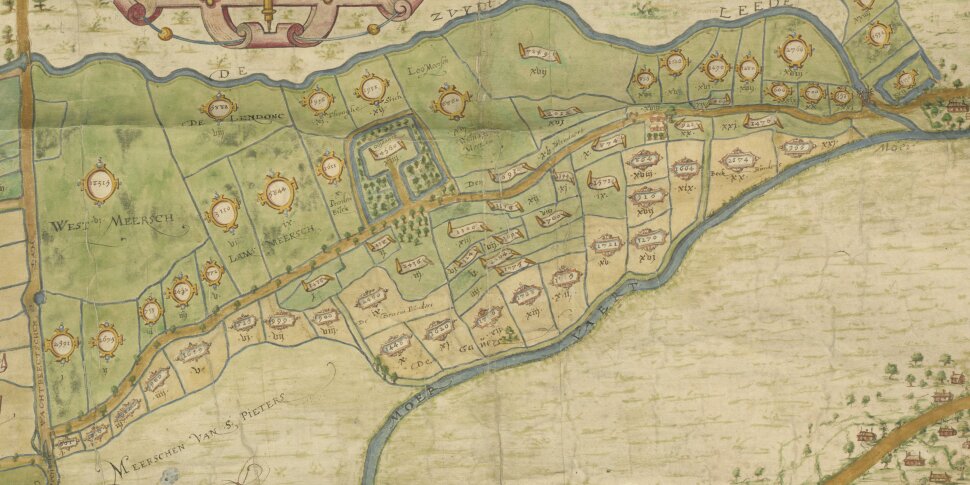Introduction
The landscape surrounding us contains countless toponyms or place-names, representing an enormous time depth. Extracting historical information from these impressive sources of information, however, has one major pitfall: not all of these toponyms have a 1-on-1 relationship with 'real' historical landscape features. A medieval cartographer could easily add 'Hic Sunt Dracones' ['Here be Dragons'] as a dummy toponym to label an unexplored area, and toponyms can shift in space or meaning. A concrete and satisfactory method to deal with these complications is still to be developed. Hic Sunt Dracones models the nexus toponym-meaning-landscape for a region well documented by sequences of historical maps, and subsequently uses machine learning to map landscape change of an area for which limited cartographic evidence, but only toponyms are available in order to: (1) understand the potential of toponyms to shed reliable light on a landscape, (2) construct toponym and landscape datasets via new methodologies for extracting text and landscape features from historical maps, (3) apply machine learning for a data-driven landscape reconstruction and (4) investigate the scalability of the methodology. Hic Sunt Dracones will lead to considerable advances in the fields of toponymy and landscape history by providing innovative answers and methodological solutions to the fundamental question when and under which circumstances toponyms change in meaning and space.
Project Team
The Hic Sunt Dracones-project is carried out under the supervision of prof. dr. Iason Jongepier (promoter) and prof. dr. Mike Kestemont (co-promoter). The mandate holder to execute the research is Christophe De Coster. The project is funded by the University of Antwerp research fund (BOF) with ID. nr. 47045.
